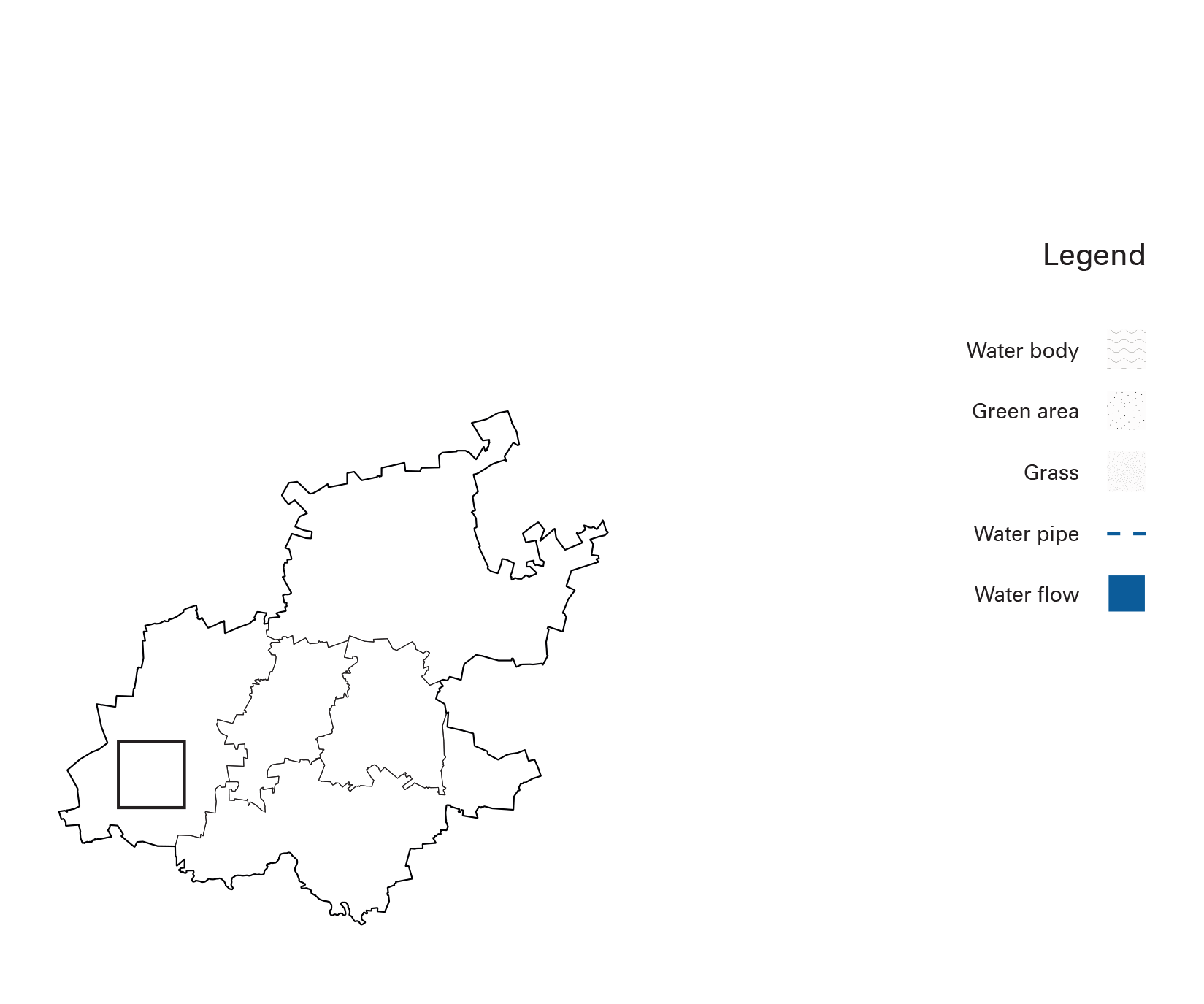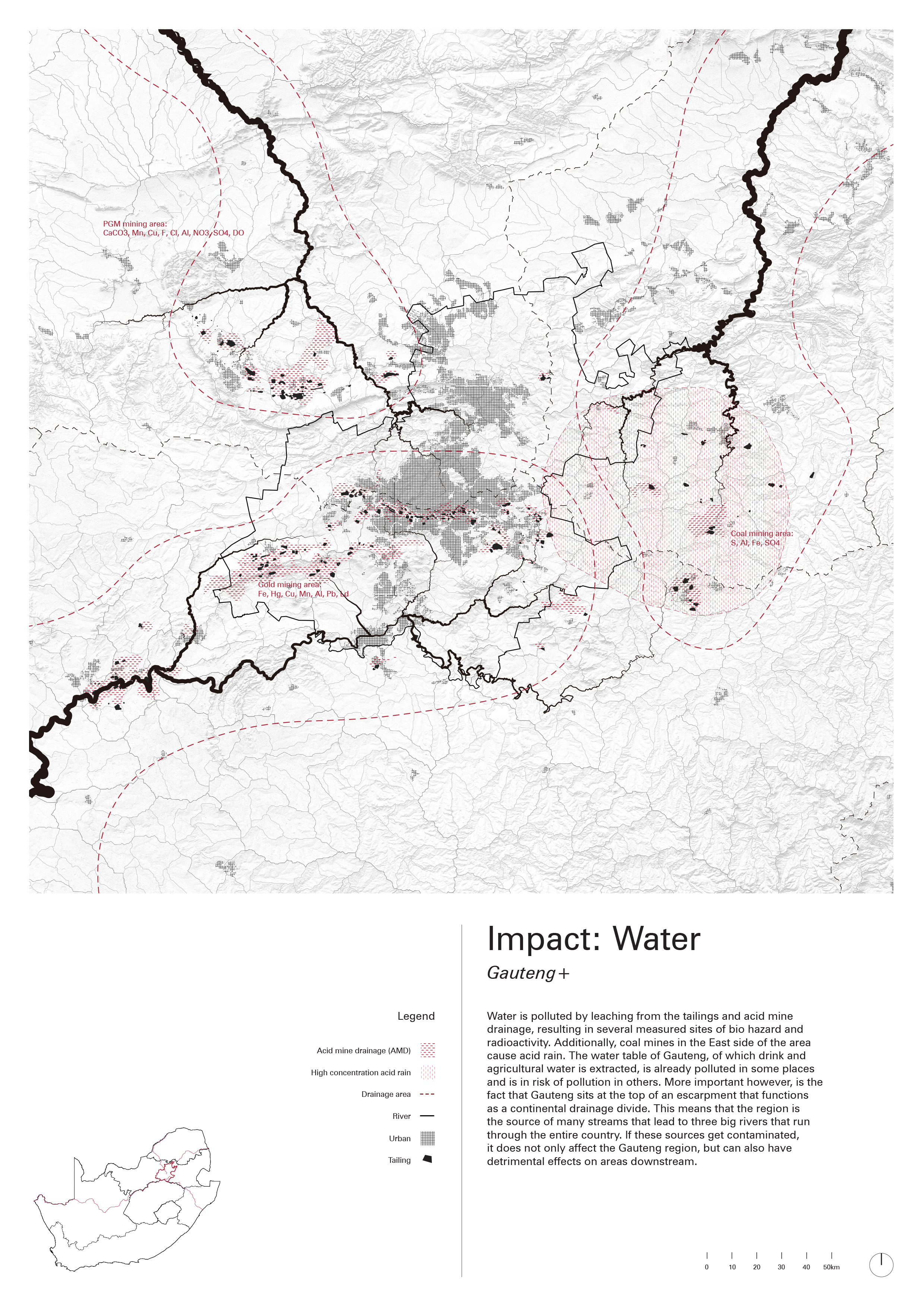Trickle-down Water Works
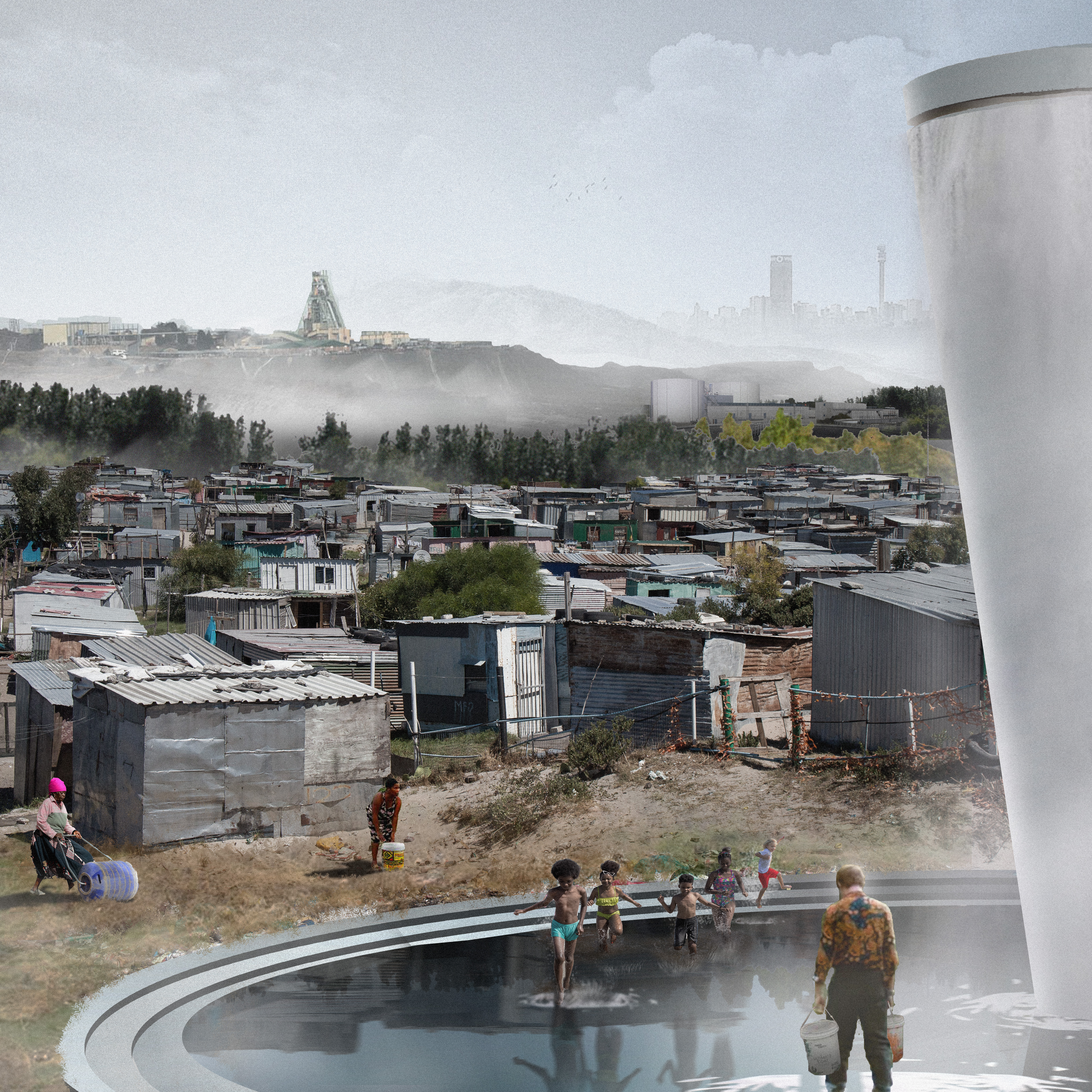
Gauteng has frequently suffered from drought due to its unusual founding, the province’s city is not built near a major water source and it is also located in the highveld which means that water needs to be pumped upwards by 300 meters to get from the Vaal Dam to Johannesburg. Because of the scarcity of water, some settlements are encroached onto the Rand Water territories and unsupervised connected to pipelines to get access to drinking water which makes it harder to access and maintain pipelines.
The project aims to address water shortage problems in Gauteng by using each of the mining company to clarify polluted mine water, to extract heavy metals from the acid mine water then Rand Water’s centralized water treatment facility(3) to purify water into potable water. While also facilitating equal access to drinkable water for the local community. Focuses on the process of attaining drinkable water in the region to distribution of water in each household(5).

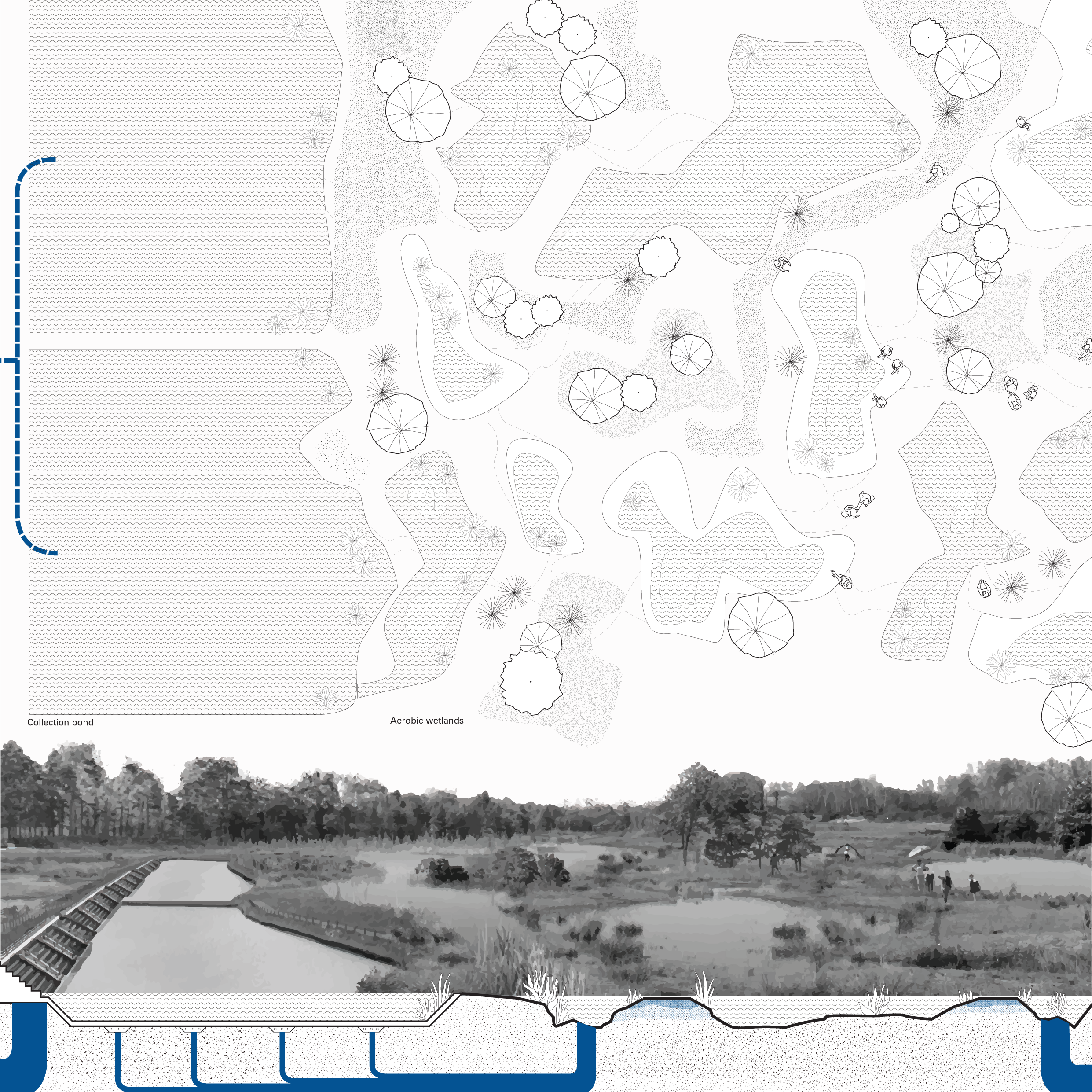

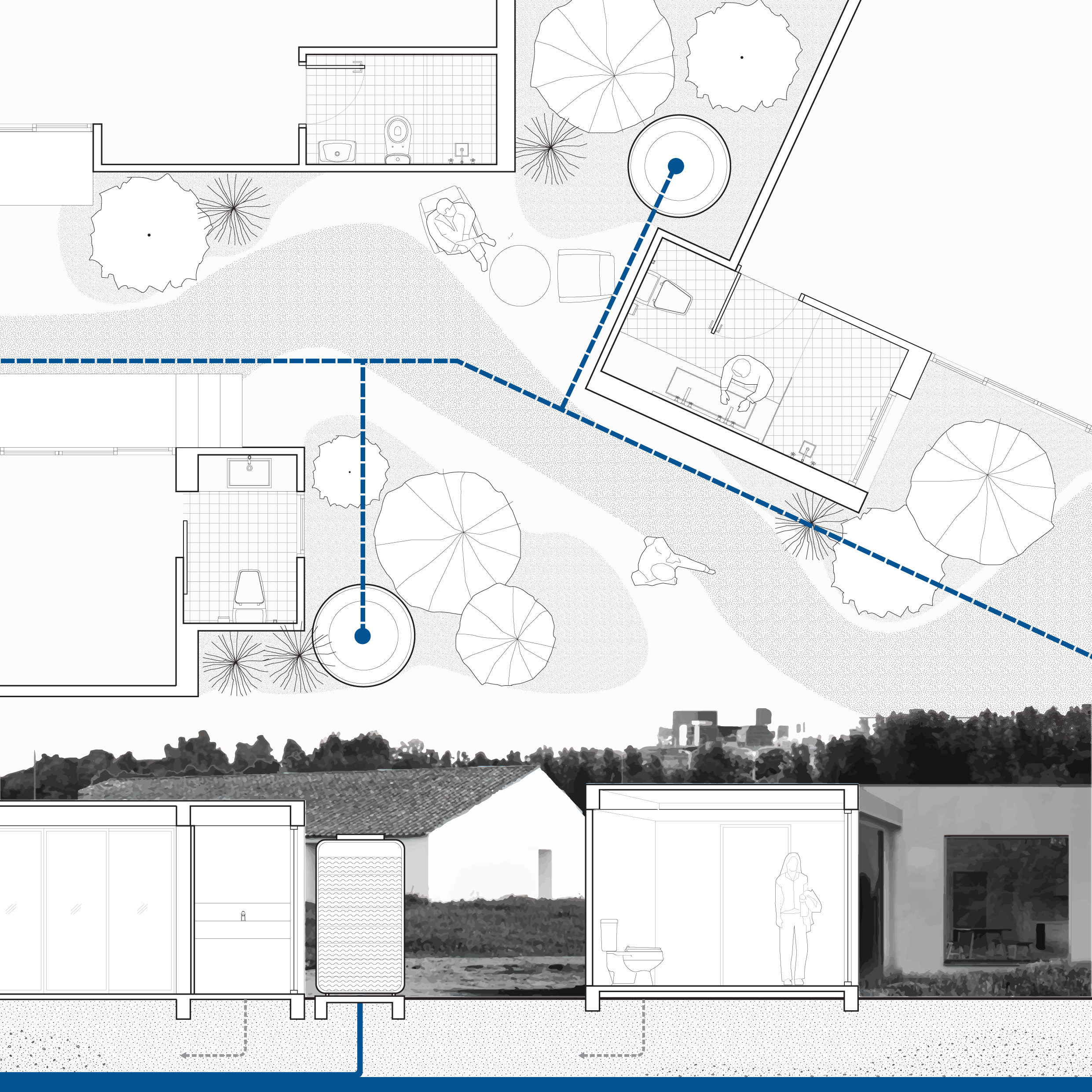
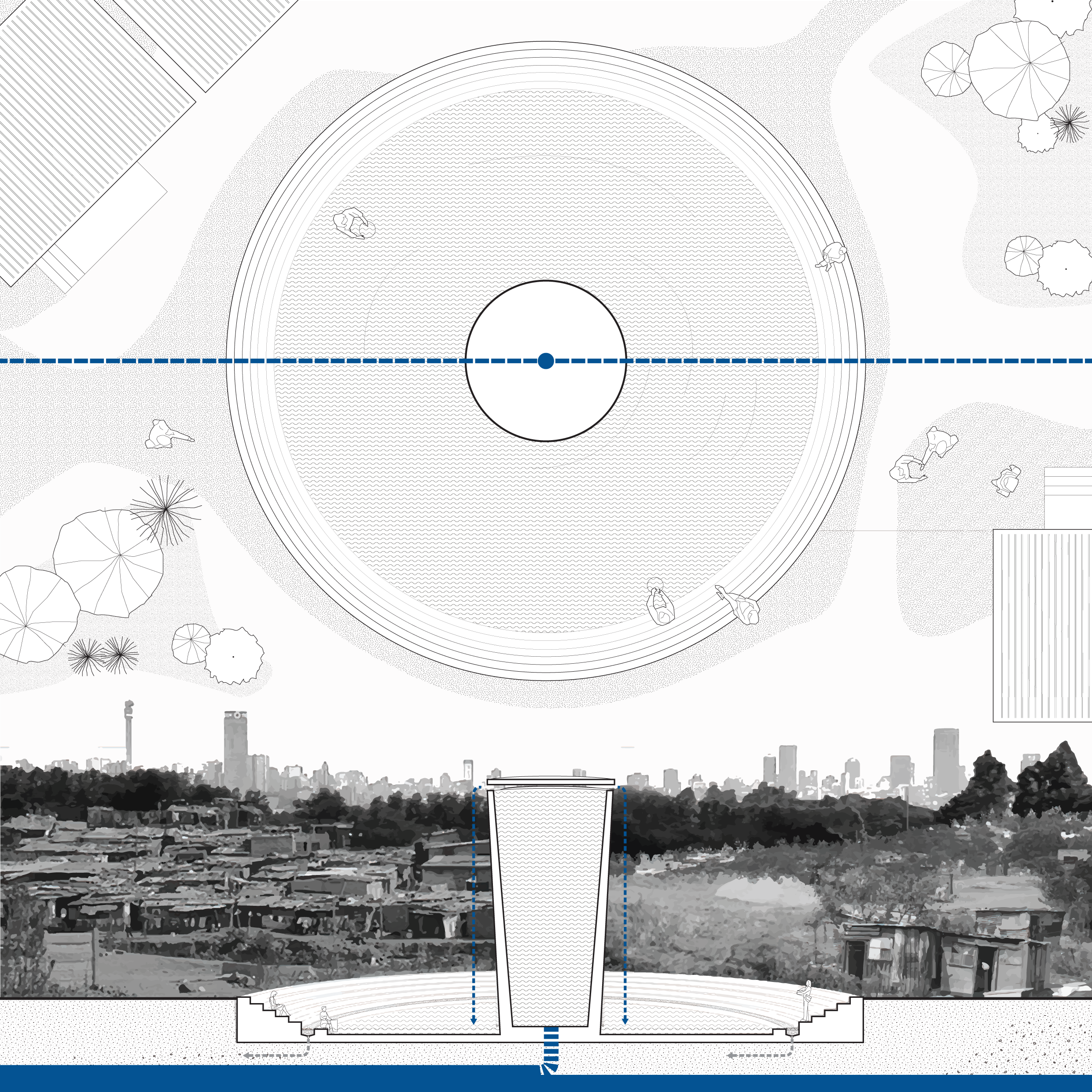

Mining Wastewater
Gauteng
Mining uses water primarily for mineral processing, dust suppression, slurry transport. In most mining operations, water is sought from groundwater, streams, rivers and lakes, or through
commercial water service suppliers. Gold mine in Johannesburg also leave Uranium which, if left unattended, will dissolves into ground as a result Rand Water have to extract water from Vaal river which is 80 km away from the city.
The project propose that these water from the mine, both in operation and the one that already stop its operation to be drained out preventing it from contaminating local water source. So that water can be treated and use again.
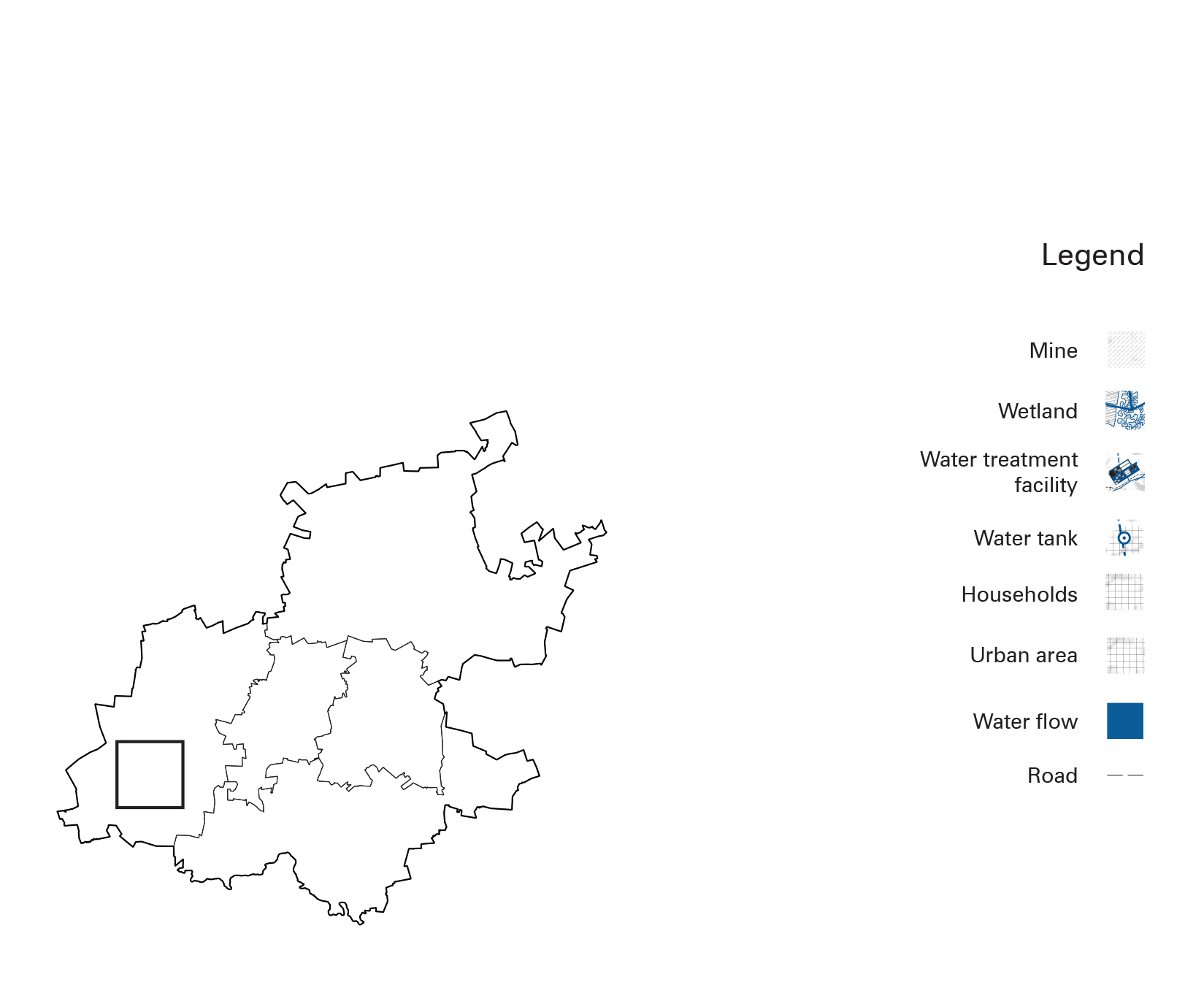

Constructed Wetlands
Gauteng
Passive water treatment system through wetlands is the most common way to treat mine water before discharges into natural water. Before water get into the system, the water get oxigenated then flow into collection ponds where the iron settle at the bottom of the pond. The water then exit the collection pond into the aerobic wetlands to further clarify the water by removing the rest of the iron particle. At the end of the wetland where water is ready to be discharge into natural water source, the area also work as a park to be use as public space. The water then pumped into water treatment facility(3).
